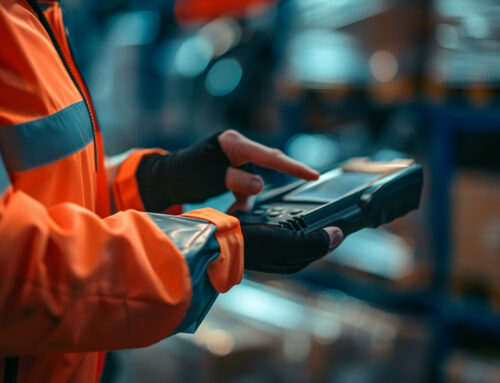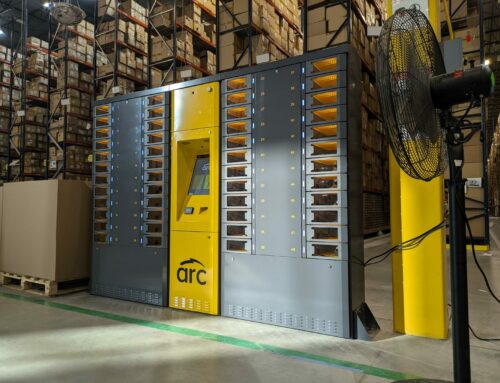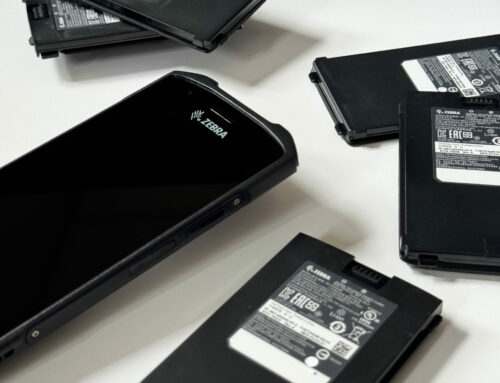5 Retail Technology Tools to Capture More Customers in 2016

In 2016, we predict that the brick-and-mortar retail experience will be driven by technology. Here are the top five trending retail tech tools that will help you gain more customers and boost sales:
1. Kiosks
Touchscreen kiosks are becoming the new must-have retail technology. Customers have a diverse range of kiosk options. From self-service kiosks and in-store navigation stands, to kiosks that enable loyalty program sign-up and cell phone charging.
Our own cell phone charging kiosks provide an in-demand amenity to customers, instilling customer loyalty, keeping them in stores longer and even driving foot traffic through our mobile app integration.
2. Beacons
Another buzzworthy retail tech trend, beacons are the perfect example of proximity marketing, making use of location-based technologies (Bluetooth-connected beacons) to provide customers with discounts, offers and a more personalized shopping experience.
A recent Business Insider report claims that beacons had a direct include on over $4 billion worth of US retail sales in 2015!

3. Retail Analytics
It’s no secret that savvy retailers are all turning to “big data” (web browsing patterns, social media, retail industry forecasts and customer shopping records, etc.) to improve their bottom line. From optimizing pricing and promotions, speeding the delivery of the goods, personalizing customer service, predicting trends, preparing for demand and monitoring real-time analytics and results, retail analytics platforms. While some retailers may be reluctant to change the long-held status quo – with decision-making traditionally based on merchants’ opinions – 2016 will definitely see an increased trust in data as more and more stores are seeing first-hand that influencing shopping behaviors is more science than art.

4. Augmented Reality
Big box retailers have begun strategically experimenting with augmented reality (AR) as a means to reach shoppers who are increasingly mobile, in the hopes of engaging with them while they’re in their store, but also to drive foot traffic in the first place. AR is demonstrating a huge potential to boost sales, by bridging the digital and the real world in order to improve the shopping experience. Furniture retailer Ikea has integrated AR into its catalogs so customers with smartphones and tablets can download the catalog app to preview products in their own homes before buying them. Shoppers can even project the virtual furniture at different angles and test out different colors. When a technology saves a customer time (no more back-and-forth trips to the store) and solves a major pain point (wrong color choice or miscalculated measurements), it comes as so no surprise that the Ikea AR app was downloaded 8.5 million times the year it launched. [1]

5. Biometrics
Perhaps the most controversial and least studied of all retail technologies, biometric technology is being used to improve the safety of transactions, personally identify shoppers, determine demographic data and adjust the in-store marketing accordingly. Biometrics Research Group predicts that the global biometrics market will top $15 billion this year and a Frost & Sullivan forecast estimates that nearly half a billion people will have access to a smartphone equipped with biometric technology by 2017 [2]. By providing retailers with valuable data about who was in their store, what sections they browsed, and linking that data to a POS system to determine what products they eventually purchased, biometrics can allow the retailer to maximize the shopping experience in a non-invasive way.

[1] http://www.digitaltrainingacademy.com/casestudies/2014/11/ikea_augmented_reality_catalogue.php[2] http://www.cio.com/article/2989716/retail/5-cutting-edge-retail-technology-trends.html









